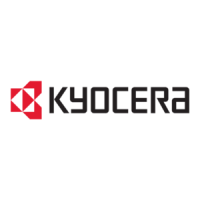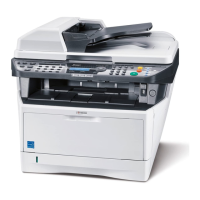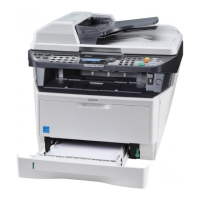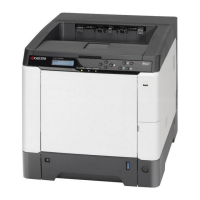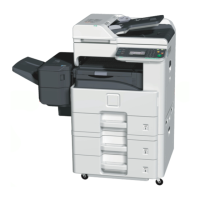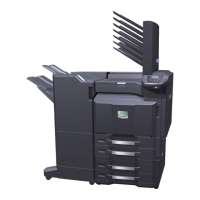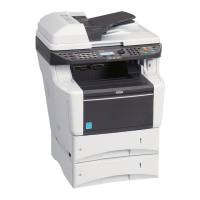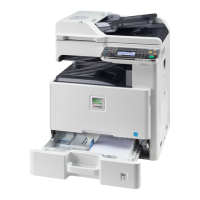The amount of base data has to be stated only if the base data is passed in the first
of the ways mentioned below:
1. By means of an attachment after the semicolon that closes the BARC
command, in this case the number of bytes has to be stated.
2. In inverted commas.
3. By means of an attachment after the semicolon that closes the BARC
command. The bytes are closed by means of the WRED command.
Example 1
!R!UNIT D;BARC 100,10,13,14,0,0,11;<Base Data>EXIT;
<Data> here is equivalent to exactly 11 bytes (including brackets).
Example 2
!R!UNIT D;BARC 100,10,13,14,0,0,“<Base Data>“;EXIT;
In this case, the bytes do not have to be stated.
Example 3
!R!UNIT D;BARC 100,10,10,14,0,0;<Base Data>WRED;EXIT;
In this case too, the bytes do not have to be stated.
In example 3, the symbol number 10 is forced by entering the range from 10 to 10.
Note
BARC 100 cannot be called from PRESCRIBE macros.
3.3.2 Datamatrix mode for printing from SAP
A second variant for printing Datamatrix from PRESCRIBE is also available. This
method has been designed especially for printing from SAP. It uses the ID number
120 (instead of 100). The essential difference is that the useful data do not follow
directly after the command, but rather must be located in one or more subsequent
TEXT commands. Otherwise the BARC command is formed with the same
parameters as in the variant with 100. In this connection, the BARC command is
treated internally not so much as a barcode command, but rather to some extent as a
kind of font command that simply switches from the font mode to the barcode mode.
If multiple TEXT commands are used instead of a single TEXT command, their
content is then combined in their direct sequence. In order to end the barcode mode
39
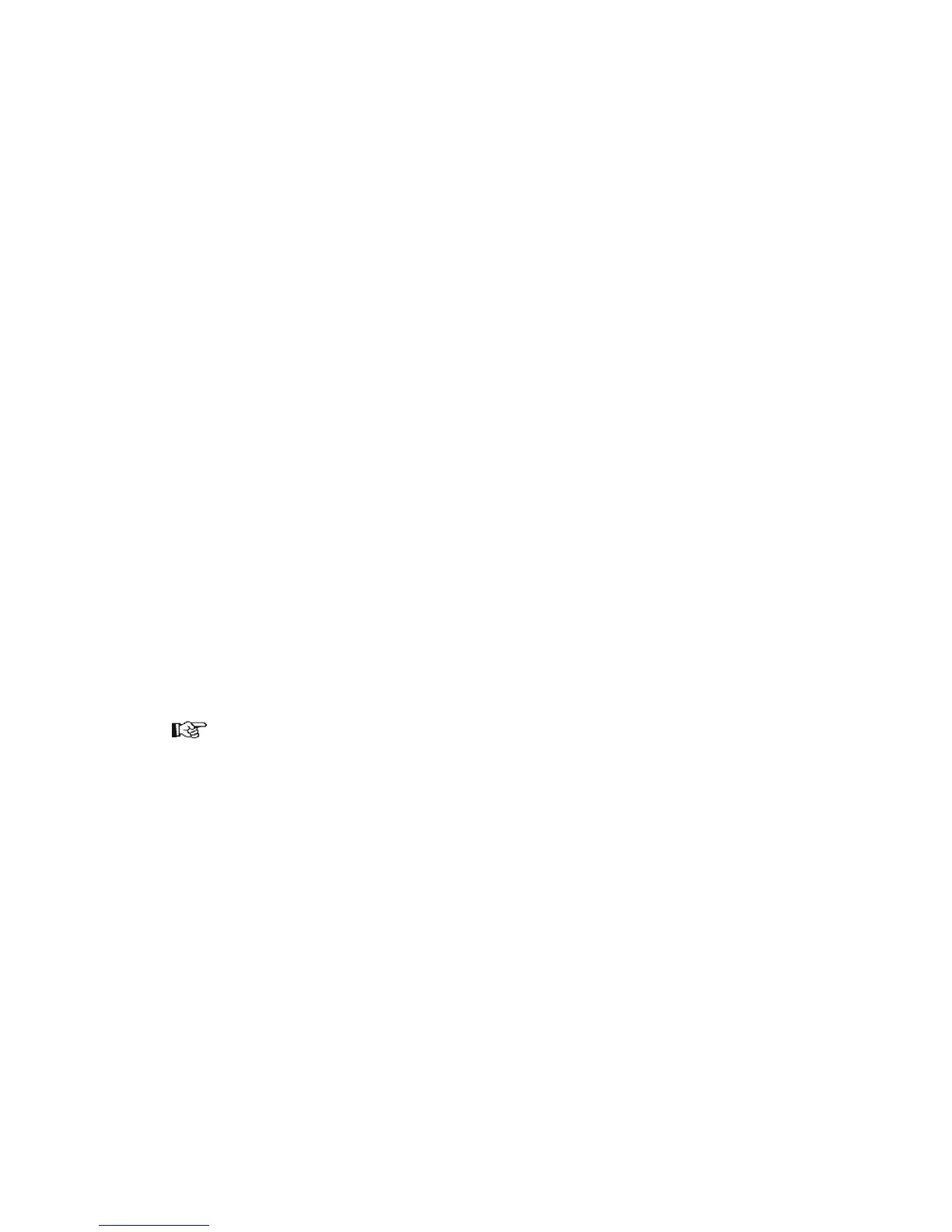